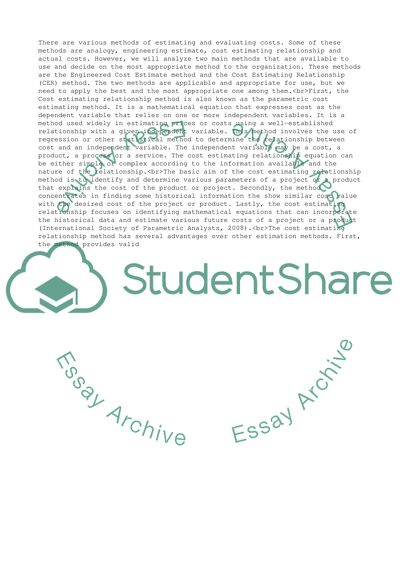Cite this document
((FAR) Total Ownership Costs Research Paper Example | Topics and Well Written Essays - 1750 words, n.d.)
(FAR) Total Ownership Costs Research Paper Example | Topics and Well Written Essays - 1750 words. https://studentshare.org/business/1809082-far-total-ownership-costs
(FAR) Total Ownership Costs Research Paper Example | Topics and Well Written Essays - 1750 words. https://studentshare.org/business/1809082-far-total-ownership-costs
((FAR) Total Ownership Costs Research Paper Example | Topics and Well Written Essays - 1750 Words)
(FAR) Total Ownership Costs Research Paper Example | Topics and Well Written Essays - 1750 Words. https://studentshare.org/business/1809082-far-total-ownership-costs.
(FAR) Total Ownership Costs Research Paper Example | Topics and Well Written Essays - 1750 Words. https://studentshare.org/business/1809082-far-total-ownership-costs.
“(FAR) Total Ownership Costs Research Paper Example | Topics and Well Written Essays - 1750 Words”. https://studentshare.org/business/1809082-far-total-ownership-costs.


